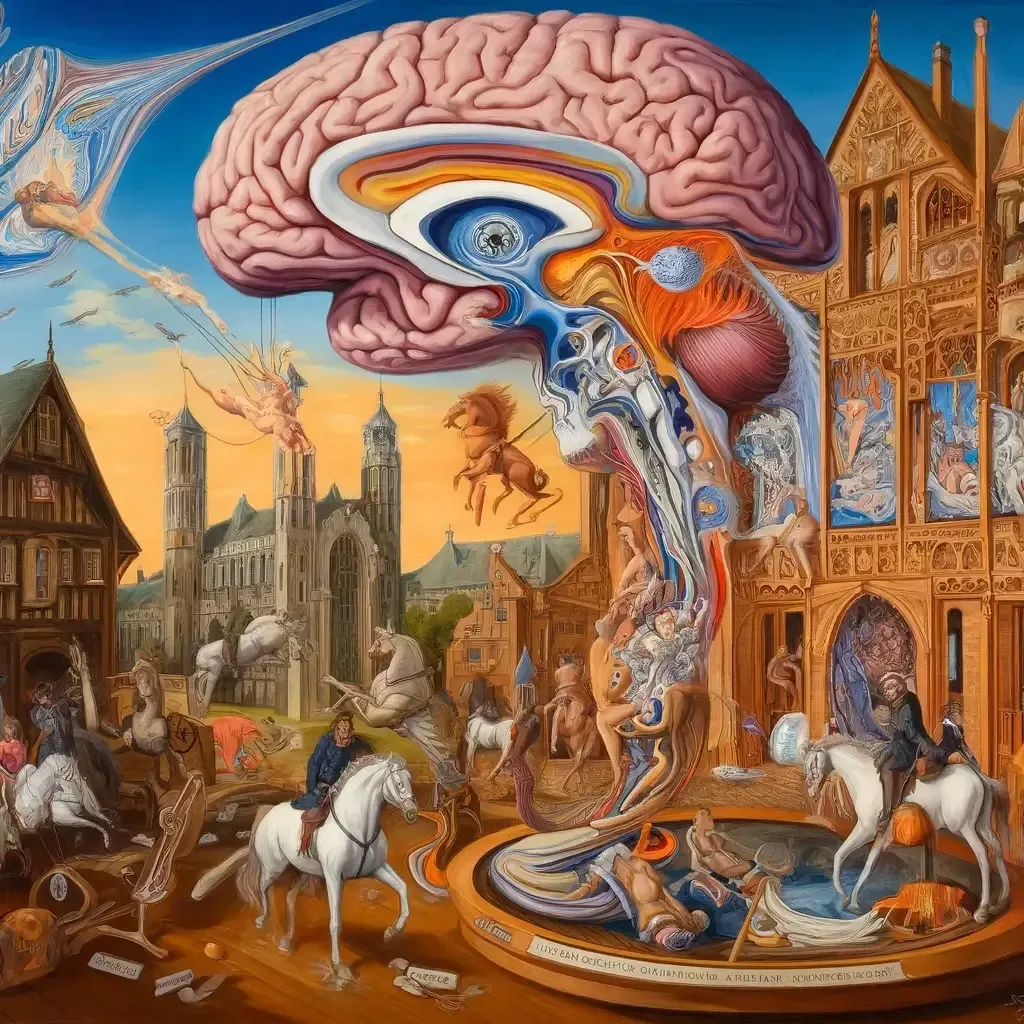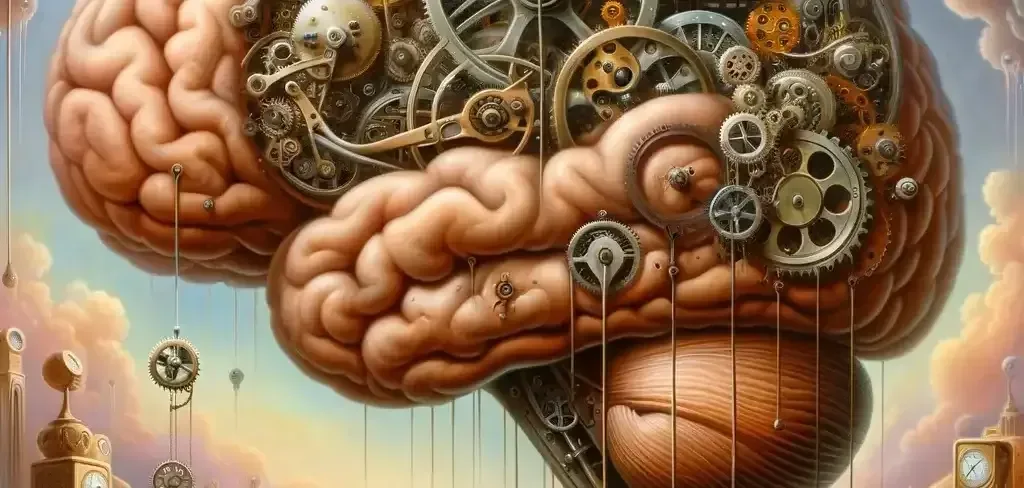In-Depth Exploration of Theory of Mind and Brain Mechanisms Affected by Mental Disorders
Theory of Mind (ToM) is a fundamental cognitive ability enabling individuals to interpret and respond to others’ mental states. This capability is intricately linked to various brain regions, which can be adversely affected by mental disorders and trauma. Understanding the specific brain mechanisms and how they are impacted provides insight into the challenges faced by individuals with these conditions.
Impact of Trauma on Theory of Mind
Post-Traumatic Stress Disorder (PTSD)
- Brain Changes in PTSD: Trauma can lead to structural and functional changes in the brain, particularly in the hippocampus, which is crucial for memory and contextualization of experiences. The amygdala, involved in emotional responses and fear processing, can become overactive, while the prefrontal cortex, responsible for regulating emotions and reflective thinking, may show diminished activity. These alterations can impair an individual’s ability to accurately interpret and respond to others’ emotions and intentions.
- ToM Deficits: As a result, individuals with PTSD may perceive threats in benign social cues or misinterpret others’ actions, reflecting impaired ToM abilities.
Personality Disorders and Theory of Mind
Borderline Personality Disorder (BPD)
- Brain Correlates in BPD: Individuals with BPD often exhibit abnormalities in the prefrontal cortex and amygdala, which are essential for emotion regulation and understanding others’ mental states. These brain regions’ altered function can lead to difficulties in accurately perceiving and interpreting others’ intentions and emotions, a key aspect of ToM.
- ToM Challenges: Such impairments can lead to the intense and unstable relationships characteristic of BPD, stemming from misinterpreted social interactions.
Narcissistic Personality Disorder (NPD)
- ToM in NPD: Narcissistic individuals may have a limited ability to recognize or empathize with others’ feelings, a component of ToM. This limitation often stems from a focus on their own needs and disregard for others.
- Neurological Aspects: While specific brain changes in NPD related to ToM are less documented, it is hypothesized that areas related to empathy and emotional regulation, such as the prefrontal cortex and the anterior cingulate cortex, might function differently in individuals with NPD, affecting their ToM capabilities.
Mood Disorders
Major Depressive Disorder (MDD)
- Brain Impact on ToM: Depression can affect neural circuits that connect the prefrontal cortex with the amygdala and hippocampus. These changes can influence how individuals with MDD process social information, leading to a negative bias in interpreting others’ actions and emotions, which is a ToM deficit.
- Specific Deficits: The reduced activity in the prefrontal cortex and altered connectivity with the amygdala can result in difficulties in regulating emotions and understanding others, impacting social interactions.
Anxiety Disorders
- ToM Alterations with Anxiety: Anxiety disorders can lead to an overactive amygdala, which heightens emotional responses and vigilance to perceived threats, including in social settings. This heightened state can skew the interpretation of social cues, affecting ToM.
- Brain Function Changes: The persistent state of heightened anxiety can influence the prefrontal cortex’s functioning, which is involved in modulating responses and interpreting social cues, thereby impacting ToM abilities.
Concluding Insights
The brain mechanisms underlying ToM are complex and involve intricate neural circuits and regions. When these mechanisms are disrupted by mental disorders or trauma, ToM abilities can be significantly affected, leading to challenges in social interactions and relationships. Understanding these brain-behavior relationships is crucial for developing effective interventions to support individuals with these conditions in navigating their social environments more effectively.




